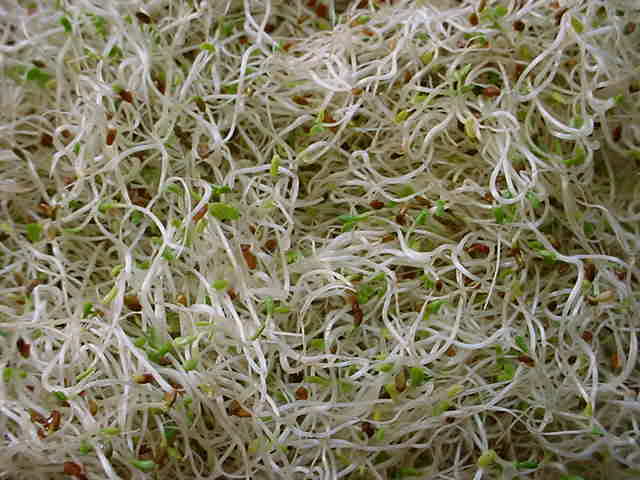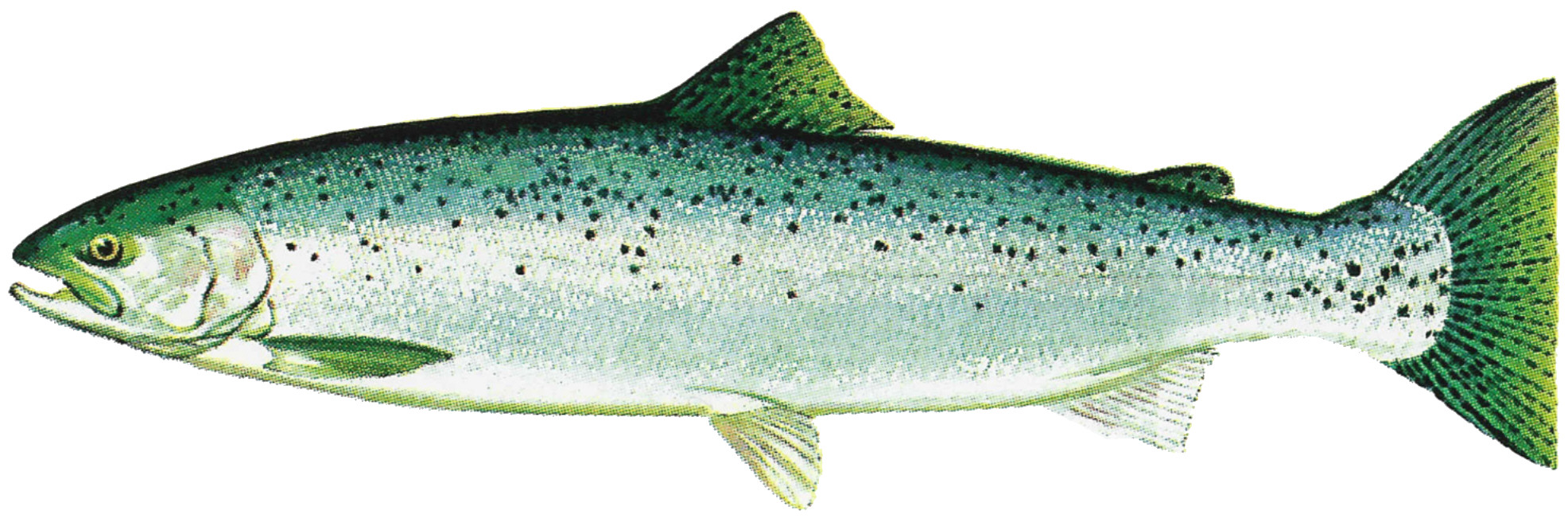|
Integral Urban House
The Integral Urban House was a pioneering 1970s experiment in self-reliant urban homesteading. The house was located at 1516 5th St. in Berkeley, California between 1974 and 1984. The Sierra Club published a book about the experiment in 1979. Elements of the home included a vegetable garden, chickens, rabbits, a fish pond, beehives, a composting toilet, solar power and more. *''Reissued as'' The founders were California State Architect Sim Van der Ryn and Bill Olkowski, Bill & Helga Olkowski, authors of the ''City People's Guide to Raising Food'', and the project was run by the Farallones Institute, which was also founded by Van der Ryn and Bill and Helga Olkowski. According to cofounder Bill Olkowski, ''Architectural Digest'' named among the top houses of the 20th century. According to one environmental history, "The Olkowskis and staff at the Integral Urban House taught visitors to become ecosystem managers in urban, domestic space by involving them in pest control, food produc ... [...More Info...] [...Related Items...] OR: [Wikipedia] [Google] [Baidu] |
Urban Homesteading
Urban homesteading can refer to several different things: programs by local, state, and federal agencies in the USA who work to help get people into city homes, squatting, practicing urban agriculture, or practicing sustainable living techniques. Urban homesteading and affordable housing Urban American cities, such as New York City, have used policies of urban homesteading to encourage citizens to occupy and rebuild vacant properties. Policies by the U.S Department of Housing and Urban Development allowed for federally owned properties to be sold to homesteaders for nominal sums as low as $1, financed otherwise by the state, and inspected after a one-year period. Homesteading is practiced in Detroit, but as of 2013 zoning laws prohibit such activity despite talk to encourage more urban agriculture and combat the shrinking population. While such policies have provided affordable housing for homeowners entering an area, homesteading has been linked with gentrification since the 197 ... [...More Info...] [...Related Items...] OR: [Wikipedia] [Google] [Baidu] |
Mother Earth News
''Mother Earth News'' is a bi-monthly American magazine that has a circulation of 500,520 . It is published in Topeka, Kansas. Since its founding, ''Mother Earth News'' has promoted renewable energy, recycling, family farms, good agricultural practices, better eating habits, medical self-care, more meaningful education and affordable housing. The magazine approaches environmental problems from a down-to-earth, practical, simple living, how-to standpoint. History Founders John and Jane Shuttleworth started the magazine on a "shoestring" budget of $1500, published from home in 1970. The first issue was published in January of that year. (John Shuttleworth died on March 29, 2009, at his home in Evergreen, Colorado, at the age of 71.) The magazine was originally published in Madison, Ohio, and moved to Hendersonville, North Carolina, later. The headquarters is in Topeka, Kansas. It had a scrappy, no-frills style and appearance throughout the 1970s. ''Mother Earth News'' embrace ... [...More Info...] [...Related Items...] OR: [Wikipedia] [Google] [Baidu] |
Alfalfa
Alfalfa () (''Medicago sativa''), also called lucerne, is a perennial flowering plant in the legume family Fabaceae. It is cultivated as an important forage crop in many countries around the world. It is used for grazing, hay, and silage, as well as a green manure and cover crop. The name alfalfa is used in North America. The name lucerne is the more commonly used name in the United Kingdom, South Africa, Australia, and New Zealand. The plant superficially resembles clover (a cousin in the same family), especially while young, when trifoliate leaves comprising round leaflets predominate. Later in maturity, leaflets are elongated. It has clusters of small purple flowers followed by fruits spiralled in 2 to 3 turns containing 10–20 seeds. Alfalfa is native to warmer temperate climates. It has been cultivated as livestock fodder since at least the era of the ancient Greeks and Romans. Etymology The word ''alfalfa'' is a Spanish modification of the Arabic word ''a ... [...More Info...] [...Related Items...] OR: [Wikipedia] [Google] [Baidu] |
Pacifastacus
''Pacifastacus'' is a genus of crayfish native to western North America (USA and Canada), containing six species, two of which are extinct: *†''Pacifastacus chenoderma'' (fossil: Miocene – Pliocene) *''Pacifastacus connectens'' *''Pacifastacus fortis'' – Shasta crayfish *''Pacifastacus gambelii'' *'' Pacifastacus leniusculus'' – signal crayfish *†''Pacifastacus nigrescens ''Pacifastacus nigrescens'', the sooty crayfish, is an extinct species of crayfish in the family Astacidae. It was originally described in 1857 by William Stimpson from the area around San Francisco, where it was once common in the creeks surro ...'' – Sooty crayfish References Astacidae Crustacean genera {{Crayfish-stub ... [...More Info...] [...Related Items...] OR: [Wikipedia] [Google] [Baidu] |
Rainbow Trout
The rainbow trout (''Oncorhynchus mykiss'') is a species of trout native to cold-water tributaries of the Pacific Ocean in Asia and North America. The steelhead (sometimes called "steelhead trout") is an anadromous (sea-run) form of the coastal rainbow trout or Columbia River redband trout that usually returns to freshwater to spawn after living two to three years in the ocean. Freshwater forms that have been introduced into the Great Lakes and migrate into tributaries to spawn are also called steelhead. Adult freshwater stream rainbow trout average between , while lake-dwelling and anadromous forms may reach . Coloration varies widely based on subspecies, forms, and habitat. Adult fish are distinguished by a broad reddish stripe along the lateral line, from gills to the tail, which is most vivid in breeding males. Wild-caught and hatchery-reared forms of the species have been transplanted and introduced for food or sport in at least 45 countries and every continent e ... [...More Info...] [...Related Items...] OR: [Wikipedia] [Google] [Baidu] |
Sacramento Blackfish
The Sacramento blackfish (''Orthodon microlepidotus'') is a species of freshwater fish in central California. A cyprinid, the blackfish is the sole member of its genus. Distribution and habitat Blackfish are primarily denizens of the warm and cloudy waters found on the floor of the Central Valley, such as sloughs and oxbow lakes connected to the Sacramento and San Joaquin Rivers. They are also common in Clear Lake, Pajaro River, Salinas River, the small creeks that feed into San Francisco Bay. A population is present in the Russian River, believed to have been introduced. They also thrive in reservoirs, and have been spread to a number of California reservoirs via the California Aqueduct, and into Nevada via the Lahontan Reservoir (1964) where they have further colonized the Humboldt River drainage.Peter B. Moyle, ''Inland Fishes of California'' (University of California Press, 2002), pp. 144–146 Description Anatomy and morphology Blackfish are named for their glos ... [...More Info...] [...Related Items...] OR: [Wikipedia] [Google] [Baidu] |
Windmill
A windmill is a structure that converts wind power into rotational energy using vanes called sails or blades, specifically to mill grain (gristmills), but the term is also extended to windpumps, wind turbines, and other applications, in some parts of the English speaking world. The term wind engine is sometimes used to describe such devices. Windmills were used throughout the high medieval and early modern periods; the horizontal or panemone windmill first appeared in Persia during the 9th century, and the vertical windmill first appeared in northwestern Europe in the 12th century. Regarded as an icon of Dutch culture, there are approximately 1,000 windmills in the Netherlands today. Forerunners Wind-powered machines may have been known earlier, but there is no clear evidence of windmills before the 9th century. Hero of Alexandria (Heron) in first-century Roman Egypt described what appears to be a wind-driven wheel to power a machine.Dietrich Lohrmann, "Von der ... [...More Info...] [...Related Items...] OR: [Wikipedia] [Google] [Baidu] |
Urine
Urine is a liquid by-product of metabolism in humans and in many other animals. Urine flows from the kidneys through the ureters to the urinary bladder. Urination results in urine being excreted from the body through the urethra. Cellular metabolism generates many by-products that are rich in nitrogen and must be cleared from the bloodstream, such as urea, uric acid, and creatinine. These by-products are expelled from the body during urination, which is the primary method for excreting water-soluble chemicals from the body. A urinalysis can detect nitrogenous wastes of the mammalian body. Urine plays an important role in the earth's nitrogen cycle. In balanced ecosystems, urine fertilizes the soil and thus helps plants to grow. Therefore, urine can be used as a fertilizer. Some animals use it to mark their territories. Historically, aged or fermented urine (known as lant) was also used for gunpowder production, household cleaning, tanning of leather and dye ... [...More Info...] [...Related Items...] OR: [Wikipedia] [Google] [Baidu] |
Crayfish As Food
Crayfish are eaten all over the world. Like other edible crustaceans, only a small portion of the body of a crayfish is edible. In most prepared dishes, such as soups, bisques and étouffées, only the tail portion is served. At crawfish boils or other meals where the entire body of the crayfish is presented, other portions, such as the claw meat, may be eaten. Claws of larger boiled specimens are often pulled apart to access the meat inside. Another favorite is to suck the head of the crayfish, as seasoning and flavor can collect in the fat of the boiled interior. Regional cuisines Australia Australia is home to genus ''Cherax'' which is distinct from European, Asian and North and South American species. Two of the Australian edible crayfish are the common yabby ('' C. destructor'') and the red claw ('' C. quadricarinatus''). The common yabby is closest in size to the North American species, but is not considered to be commercially viable outside Australia because o ... [...More Info...] [...Related Items...] OR: [Wikipedia] [Google] [Baidu] |
Observation Beehive
Observation is the active acquisition of information from a primary source. In living beings, observation employs the senses. In science, observation can also involve the perception and recording of data via the use of scientific instruments. The term may also refer to any data collected during the scientific activity. Observations can be qualitative, that is, only the absence or presence of a property is noted, or quantitative if a numerical value is attached to the observed phenomenon by counting or measuring. Science The scientific method requires observations of natural phenomena to formulate and test hypotheses. It consists of the following steps: # Ask a question about a natural phenomenon # Make observations of the phenomenon # Formulate a hypothesis that tentatively answers the question # Predict logical, observable consequences of the hypothesis that have not yet been investigated # Test the hypothesis' predictions by an experiment, observational study, field study, or si ... [...More Info...] [...Related Items...] OR: [Wikipedia] [Google] [Baidu] |
Honey Extractor
A honey extractor is a mechanical device used in the extraction of honey from honeycombs. A honey extractor extracts the honey from the honey comb without destroying the comb. Extractors work by centrifugal force. A drum or container holds a frame basket which spins, flinging the honey out. With this method the wax comb stays intact within the frame and can be reused by the bees. Bees cover the filled in cells with wax cap that must be removed (cut by knife, etc.) before centrifugation. History In 1838, Johann Dzierzon, a German Roman Catholic priest and beekeeper devised the first practical movable-comb beehive, allowing for the manipulation of individual honeycombs without destroying the structure of the hive. This idea was further developed by L. L. Langstroth, an American pastor and beekeeper in Philadelphia, Pennsylvania who patented his beehive design in 1852. These frames were a major improvement over the old method of beekeeping using hollowed tree trunks and skeps. ... [...More Info...] [...Related Items...] OR: [Wikipedia] [Google] [Baidu] |
Aquaculture
Aquaculture (less commonly spelled aquiculture), also known as aquafarming, is the controlled cultivation ("farming") of aquatic organisms such as fish, crustaceans, mollusks, algae and other organisms of value such as aquatic plants (e.g. lotus). Aquaculture involves cultivating freshwater, brackish water and saltwater populations under controlled or semi-natural conditions, and can be contrasted with commercial fishing, which is the harvesting of wild fish. Mariculture, commonly known as marine farming, refers specifically to aquaculture practiced in seawater habitats and lagoons, opposed to in freshwater aquaculture. Pisciculture is a type of aquaculture that consists of fish farming to obtain fish products as food. Aquaculture can also be defined as the breeding, growing, and harvesting of fish and other aquatic plants, also known as farming in water. It is an environmental source of food and commercial product which help to improve healthier habitats and used to reco ... [...More Info...] [...Related Items...] OR: [Wikipedia] [Google] [Baidu] |






.jpg)
